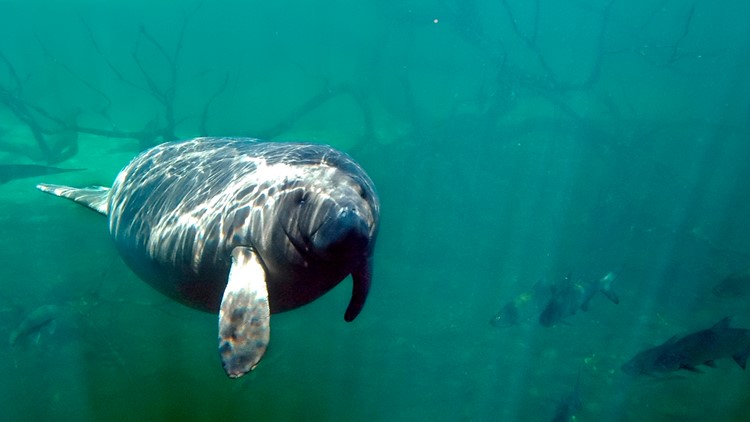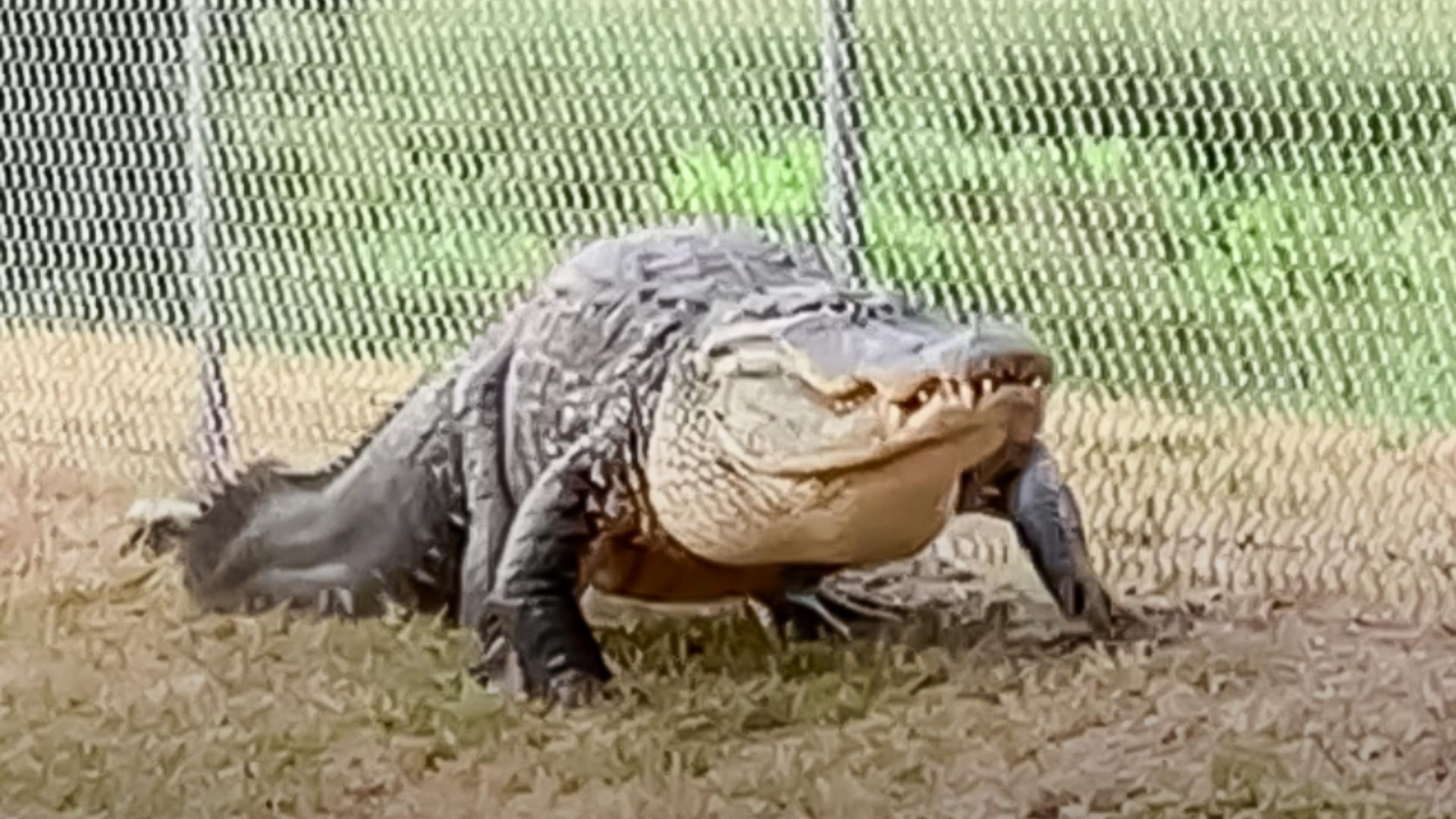TAMPA, Fla. — Florida manatee deaths are at a historic high in 2021. If current conditions continue, the future won't look so bright for the already sensitive sea cow population, Florida's Fish and Wildlife Conservation Commission says.
The FWC presented its findings Wednesday in a staff report on the Unusual Mortality Event (UME) that was declared in March.
In the report, the state agency says increasing threats like frequent and severe red tides, the loss of warm water habitats and boat strikes will cause manatee populations to decline in the Southwest and Atlantic regions of Florida over the coming decades. There's a 50-50 chance that both regions see manatee populations decline by 30 percent or more over the next century, FWC says.
The staff report is part of the agency's investigation into the record number of manatee deaths that have happened so far this year.
As of July 30, 890 manatees have been reported dead in Florida. That number is more than the 2020 and 2019's combined totals and more than each of the last six years.
The general conclusion FWC has reached up to this point is that the manatees are starving due to the loss of seagrass in the state's waters. Manatees are being found severely emaciated – sometimes 40 percent underweight.
Many parts of Florida are dealing with harmful algae blooms, like red tide and blue green algae, which are contributing to the seagrass die-off. In Indian River Lagoon, where a majority of the deaths are being recorded, 58 percent of seagrass acreage has died since 2009, FWC says.
Nutrient pollution is fueling these algae blooms, which block sunlight for underwater plants, according to FWC.
FWC will present its staff report at the next commission meeting Thursday morning.



